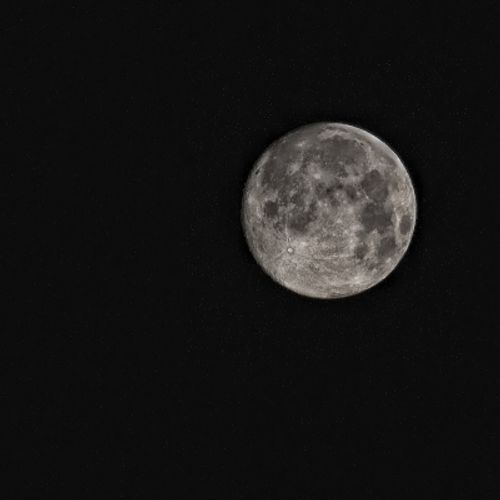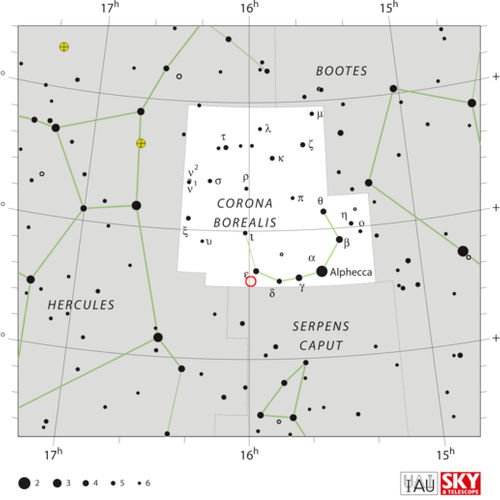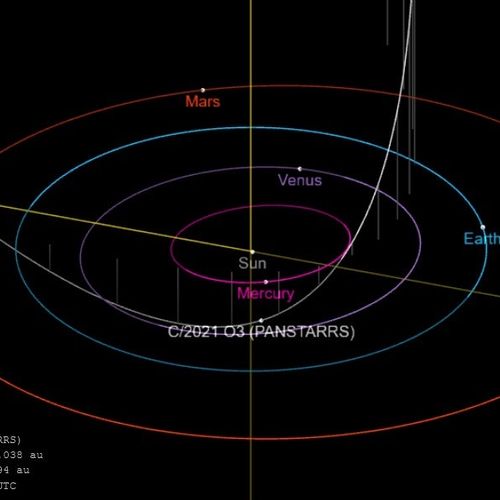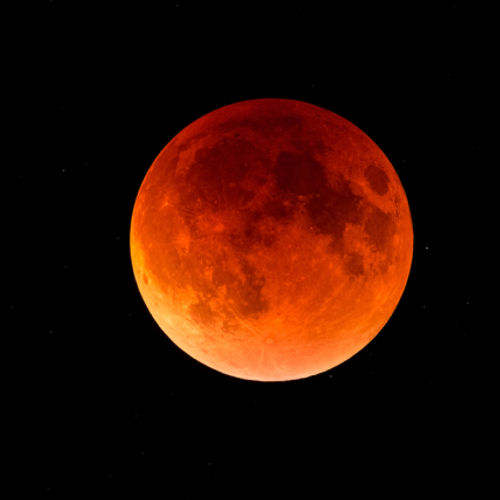
| Added | Mon, 20/03/2023 |
| Источники | |
| Дата публикации | Mon, 20/03/2023
|
| Версии |
In 1110, the moon suddenly disappeared from the night sky, leaving people in total darkness for several months. After 910 years, researchers from the University of Geneva in Switzerland believe that they may have finally solved this amazing mystery.
The moon is a celestial body that moves in a strictly defined orbit. In addition, being inside the Earth's orbit, we see its phases depending on the part of the month. This is a constant and unchanging rhythm, and the Earth's satellite never disappears for several months, because it is simply impossible. And yet he disappeared.
Numerous historical reports of that period indicate that he really was not seen in the sky for a very long time. The chronicle of the English city of Peterborough reports that on the fifth night of May 1110, the moon shone brightly in the evening, but "then gradually dimmed, and its light went out as soon as it could."
Until recently, it was not yet known what happened then. The findings of Swiss scientists have shown that the disappearance of the Moon was probably caused by a combination of rare factors: various low temperatures, volcanic ash and sulfur.
What the scribe described was probably volcanic aerosols from some kind of eruption, which may have not only clouded the moon, but also left many stars untouched, which is also evident from the descriptions of that period. Such eruptions may have also affected the global climate, exacerbating the wet and cold weather prevailing in the world at that time.
The study, conducted by experts in Switzerland, focused on the climatic consequences of volcanic eruptions that occurred between 1108 and 1110. It was shown that as a result of the eruption of the Asama volcano in Japan in the middle of 1108, a very large amount of sulfur compounds was released into the Earth's atmosphere.
Their concentration began to gradually decrease only in the middle of 1110, but sulfur remained in the atmosphere in large quantities until the first months of 1111. The researchers also studied the descriptions of the black sky documented during this period and concluded that this disappearance of the Moon was probably a long volcanic eclipse of the silver ball, which was thus hidden from the people of Earth.
Further research led to the observation that similar lunar disappearances or unexpected lunar eclipses occurred after other major volcanic eruptions, such as the Huaynaputina volcano of 1600 in Peru, the eruption of the Parker volcano of 1641 and the well-known eruptions of 1815, when the Tambora volcano erupted. In 1883 after the eruption of Krakatoa, in 1912 after the eruption of Katmai-Novarupta, and even in 1983 after the eruption of El Chichon and after the largest volcanic eruption of our time in 1991, when the Philippine volcano Pinatubo began to erupt.
Новости со схожими версиями
Log in or register to post comments









